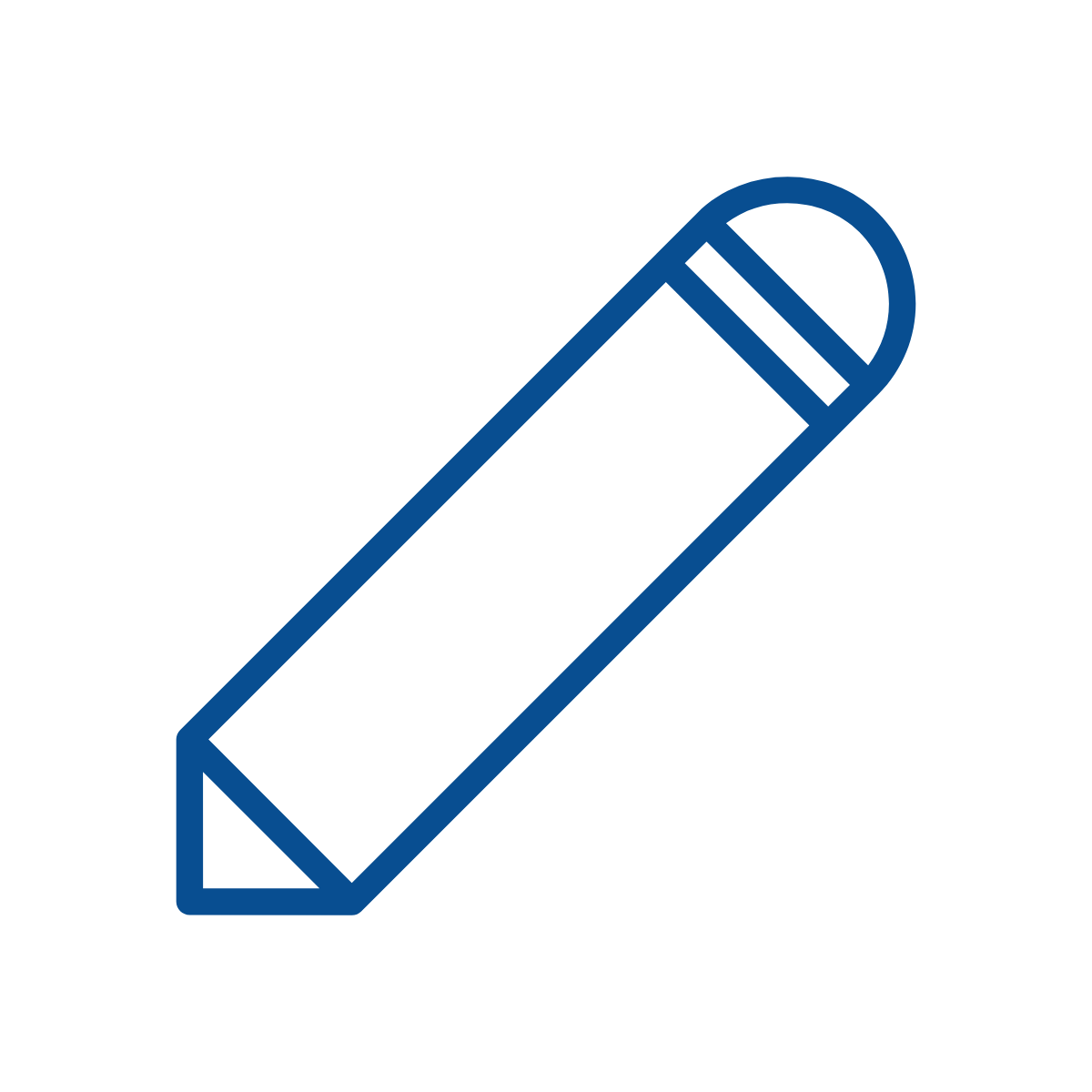- Accueil
- EN
- Studying at ULB
- Find your course
- UE
-
Share this page
3D graphics in VR
Course teacher(s)
Daniele Bonatto (Coordinator)ECTS credits
5
Language(s) of instruction
english
Course content
The student will learn to render 3D in OpenGL (Open Graphics Library), which is the core engine of any 3D rendering in 3D graphics and Virtual Reality (VR).
Objectives (and/or specific learning outcomes)
Students develop a 3D game OpenGL project (in groups of +- 2 students, each), acquiring OpenGL programming skills in a “learn by example” approach. There are, however, no exercises on Unity or Unreal for creating a 3D game; only the core OpenGL 3D engine will be used, possibly augmented with open-source libraries.
Prerequisites and Corequisites
Required and Corequired knowledge and skills
C/C++ programming skills (medium level; no need to master Object-Oriented concepts).
Teaching methods and learning activities
The exercises will help the student to program in OpenGL with shaders in GLSL (Graphics Library Shader Language), while the theory will provide the main architectural concepts behind the OpenGL pipeline.
References, bibliography, and recommended reading
- JungHyun Han, “Introduction to Computer Graphics with OpenGL ES,” CRC Press, 31 March 2021, 978-0367781187
- Joey de Vries, “Learn OpenGL: Learn modern OpenGL graphics programming in a step-by-step fashion,” Kendall & Wells, 17 June 2020, ISBN: 978-9090332567
Course notes
- Syllabus
- Université virtuelle
Contribution to the teaching profile
3D next-generation rendering techniques for multimedia engineers.
Other information
Contacts
Prof. Gauthier Lafruit, LISA-VR
Campus
Solbosch
Evaluation
Method(s) of evaluation
- Project
- Oral examination
Project
Oral examination
The evaluation is mainly based on an oral exam, presenting the OpenGL project (report and source code to be submitted, one week prior to the exam).
Some theoretical questions are punctually asked during the presentation, but the main part of the exam is rather about the practically implemented OpenGL project.
Mark calculation method (including weighting of intermediary marks)
A mini-project (typically rendering a simple object in 3D) with written report has to be delivered mid-term, enabling us to check whether the students are ready for their final OpenGL project. It counts for 20% of the marks; the remaining 80% come from the oral exam itself.
Language(s) of evaluation
- english
- (if applicable french )
